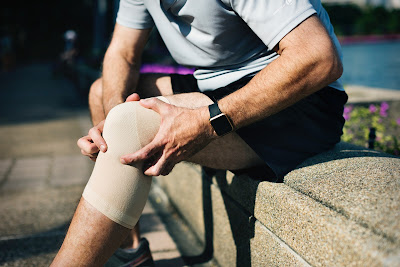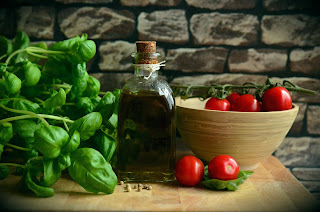Most people think chiropractic treatment is only helpful
in healing aching backs. No doubt chiropractic most often used for treating
complaints of the back and neck, but it works on all bones and joints of the
body. These including the arms, legs and jaw, even symptoms produced by bones
in the ears can also treat by chiropractic.
Let’s explore some surprising benefits of chiropractic treatment that you may not know with Thomas Gehrmann, Colorado Springs Chiropractor.
BPPV
BPPV is considered as one of the most
common causes of dizziness and vertigo-type symptoms. According to experts
including Thomas Gehrmann, Colorado Springs Chiropractor, it is
usually caused by debris in the semicircular canals of the ear. In simple
words, BPPV typically involves sudden events of dizziness that remain for 10-20
seconds after a change in the position of the head. People usually experience
this type of vertigo when going from bending forward to lying to sitting to
rolling over in bed or even just moving the head. You may find various
repositioning exercises that can help in the debris and relieve the symptoms,
but the specialist will recommend such therapy only after the diagnosis.
Therefore, when you find such a symptom, it is advisable to get a complete
examination before starting therapy. It will help you in getting better and
which results from the chiropractic
treatment.
CTS
When we talk about CTS condition, you
will find numbness, tingling, and other symptoms in the hands. Usually, the
reason behind this problem is a compressed median nerve in the wrist.
Continuous hand motions or positions, for instance, bad biomechanics while
typing, possibly bring swelling and inflammation at the wrist and sometimes
irritation of the nerve. You may experience repetitive numbness or tingling
that becomes more consistent over time as a most common symptom. Practitioner
suggests an evaluation test to confirm CTS. Possibly there will be many
different types of tests that may include orthopedic tests, a nerve conduction
test, etc. Once the diagnosis CTS, he will suggest and perform a chiropractic
adjustment of the wrist says ThomasGehrmann.
Ear Issues Can Be Treated Using Chiropractic Treatment
Sometimes when you deal with an
illness or infection, fluid gets stuck in the middle ear cavity and creates a
breeding ground for bacteria and/or viruses. In most cases, chronic ear
infections typically trouble children at a younger age. In such a situation,
doctors recommend an examination, which helps in observing the eardrum, to find
out if there is fluid buildup in the middle ear. And if the fluid is there,
this is possible because of tight muscles which surround the Eustachian tube.
It is basically a canal that connects and make drainage possible. When it comes
to improving drainage, it is possible with conservative techniques of Chiropractor that help in relaxing the
muscles, hence opening the Eustachian tube.
Read More: https://tomgehrmann.com/chiropractic-treatment-benefits/





